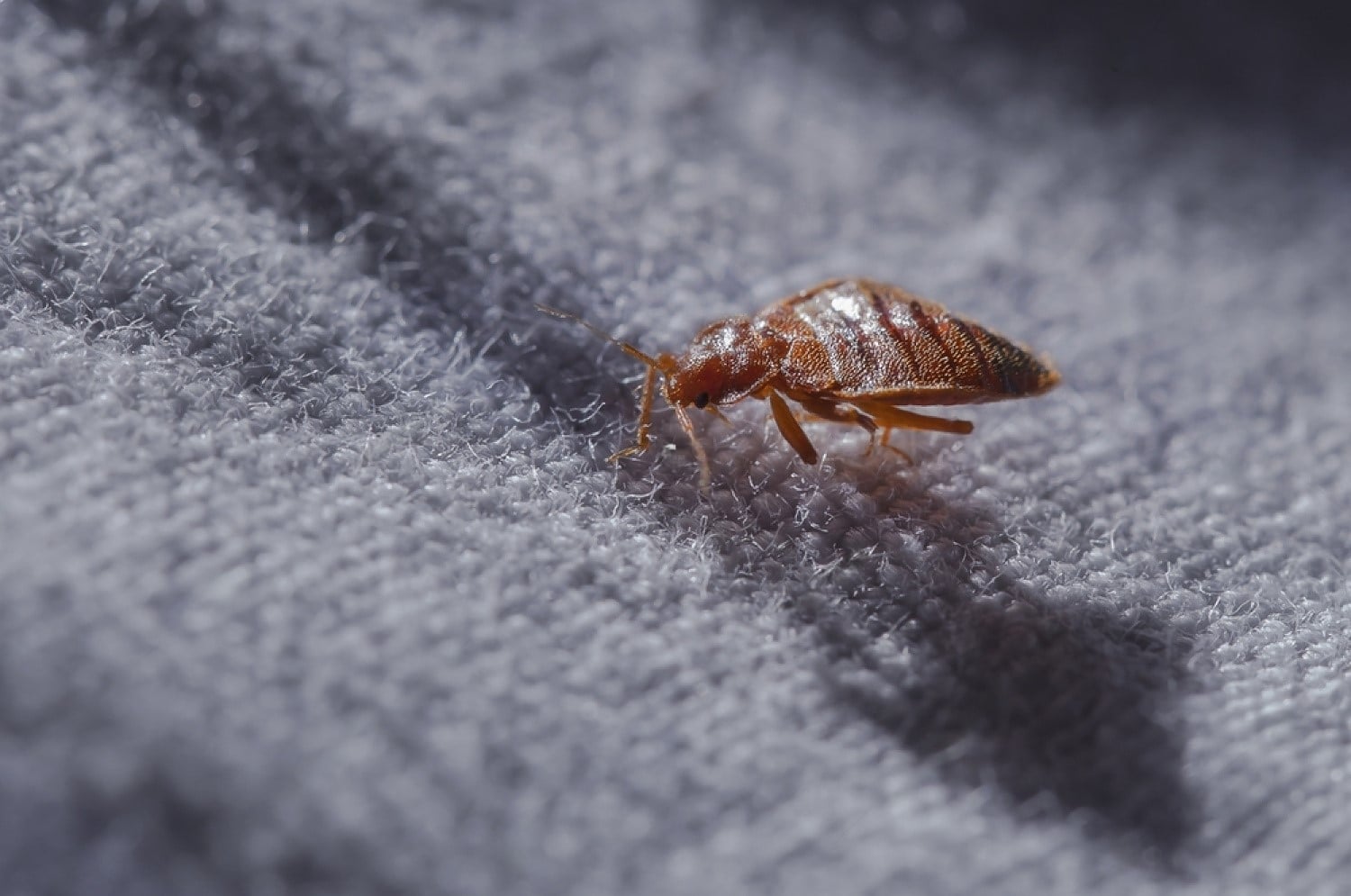A1 Bed Bug Removal Houston: Relied On Extermination Services
A1 Bed Bug Removal Houston: Relied On Extermination Services
Blog Article
Recognizing the Lifecycle of Bugs for Targeted Control Approaches
Recognizing the lifecycle of insects is an essential element of effective parasite management techniques. By comprehending the different phases of advancement that pests go through, a much more targeted and accurate approach can be taken on to regulate their populaces. This understanding not just clarifies the vulnerabilities within the parasite lifecycle but likewise leads the way for implementing tactical steps that can interrupt their development and recreation cycles. Through a much deeper understanding of exactly how insects prosper and progress, customized control techniques can be made to resolve particular factors in their lifecycle, eventually causing even more effective pest management results.
Significance of Comprehending Bug Lifecycle
Understanding the lifecycle of parasites is necessary for establishing effective and targeted control strategies in bug monitoring. By comprehending the various stages a bug goes through from egg to grownup, parasite control specialists can recognize weak spots in the lifecycle where intervention can be most successful. For example, understanding when larvae are most active can aid figure out the ideal timing for applying larvicides. Furthermore, comprehending the life-span of a pest species can aid in anticipating population growth patterns and possible infestation threats.
Moreover, acknowledging the specific environmental conditions necessary for each and every stage of the pest's lifecycle can direct decisions on environment alteration or exclusion approaches to disrupt the lifecycle and reduce pest populaces. This expertise allows pest administration specialists to apply proactive measures rather than depending entirely on responsive therapies, leading to more lasting and long-lasting pest control solutions. Ultimately, a thorough understanding of bug lifecycles empowers bug control experts to customize their techniques effectively, making the most of and lessening environmental effects control results.
Secret Phases in Bug Development
To effectively apply targeted control techniques in insect management, an important element hinges on comprehensively recognizing and comprehending the vital stages in pest advancement. Insect advancement typically contains a number of key stages that are essential for their lifecycle and management. The initial stage is the egg phase, where insects lay eggs that later on hatch out into larvae. Larvae after that advance into pupae, a phase where they undergo transformation prior to arising as adult pests. Understanding these phases is essential as it aids in determining vulnerable factors in the lifecycle where control actions can be most reliable.

Vulnerabilities in Parasite Lifecycle
Throughout the different stages of a bug's lifecycle, unique susceptabilities emerge that can be purposefully targeted for effective control measures. One important susceptability exists in the egg phase, where pests are frequently extra vulnerable to particular pesticides or organic control agents as a result of their soft external covering, making them less complicated targets for intervention. Furthermore, the nymph or larval phase offers susceptabilities as pests undergo see post fast growth and growth, requiring high energy consumption that can be made use of by interrupting their food resources or introducing growth inhibitors. Pupal stages, defined by immobility and change, supply a window for targeted control through physical barriers or details treatments that hinder effective introduction. Ultimately, grown-up parasites, while much more resilient due to their reproductive ability, can still be vulnerable throughout mating or egg-laying tasks, which can be interrupted via scent traps or sterilization techniques. Comprehending these susceptabilities in the insect lifecycle is vital for creating precise and efficient control methods that efficiently take care of pest populaces while decreasing ecological impact.
Carrying Out Targeted Control Steps

Executing targeted control measures commonly involves a multi-faceted technique. This might include environment adjustment to make the setting less welcoming to pests, such as getting rid of standing water for mosquito control or sealing access factors for rodents. Additionally, organic control approaches can be utilized, where natural predators or virus are introduced to keep parasite populaces in check.
Chemical control, such as the mindful application of chemicals, is one more usual approach. It is essential to use these materials deliberately to minimize environmental influence and potential harm to non-target types - A1 bed bug extermination houston. Integrated Bug Management (IPM) approaches that combine various control steps in a worked with and lasting fashion are often the most effective in achieving long-term parasite management goals. By implementing targeted control procedures based upon a thorough understanding of parasite lifecycles, bug populaces can be effectively regulated while minimizing dangers to human health why not find out more and the environment.
Improved Pest Monitoring Practices

Moreover, the consolidation of biological control agents, such as natural killers or virus of parasites, can help in reducing dependence on chemical pesticides and promote an extra well balanced ecosystem. More Info Executing physical barriers and traps can additionally become part of improved parasite management techniques, using safe and targeted solutions for pest control. In addition, making use of scents and other semiochemicals can interfere with pest mating patterns and interaction, resulting in reduced insect populaces over time.
Conclusion
By recognizing crucial phases in parasite growth and susceptabilities in their lifecycle, targeted control steps can be applied to decrease insect populaces. Enhanced pest administration methods can help minimize the dependence on broad-spectrum chemicals and advertise even more lasting and environmentally friendly pest control techniques.
Comprehending the lifecycle of insects is vital for establishing effective and targeted control techniques in pest administration. By comprehending the different phases a parasite goes via from egg to adult, bug control professionals can recognize at risk points in the lifecycle where treatment can be most effective. Inevitably, a complete understanding of pest lifecycles empowers parasite control professionals to tailor their strategies successfully, maximizing and reducing environmental impacts control results.
By carrying out targeted control steps based on a comprehensive understanding of parasite lifecycles, pest populaces can be efficiently managed while decreasing dangers to human health and the environment.
By determining vital phases in bug growth and vulnerabilities in their lifecycle, targeted control procedures can be applied to reduce bug populaces.
Report this page